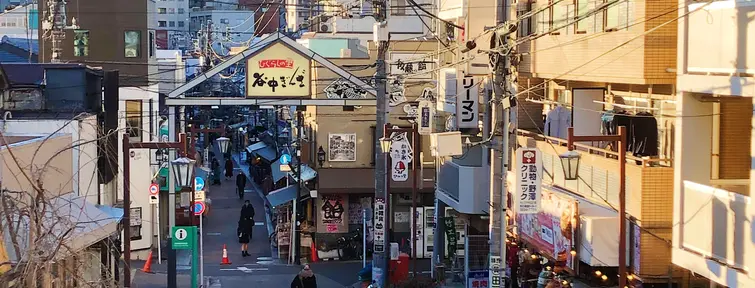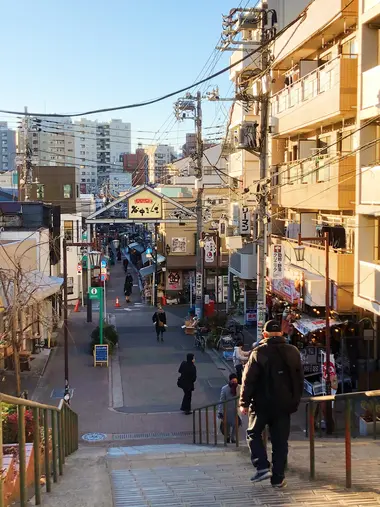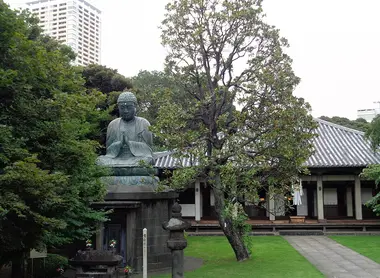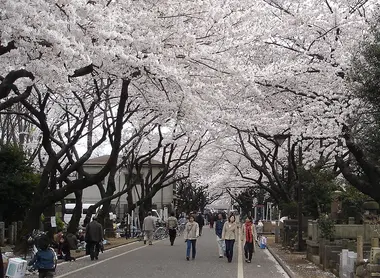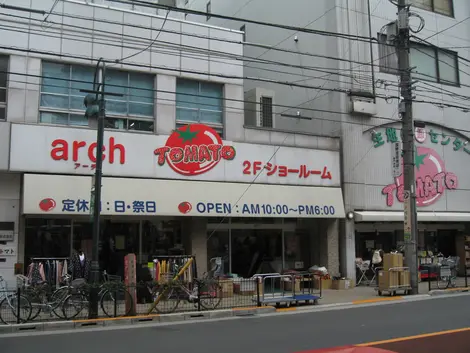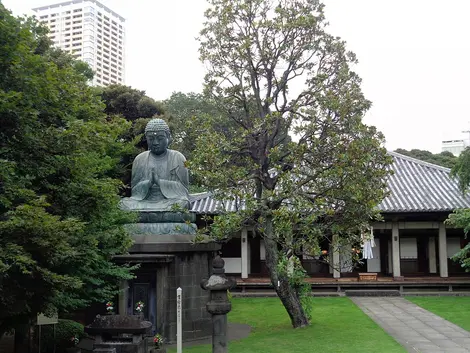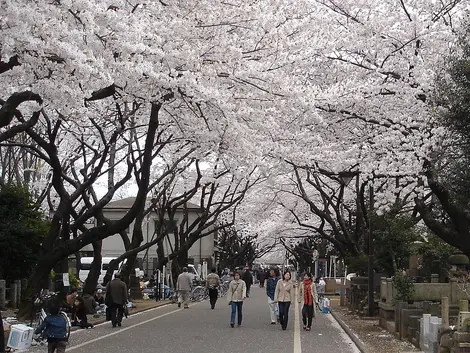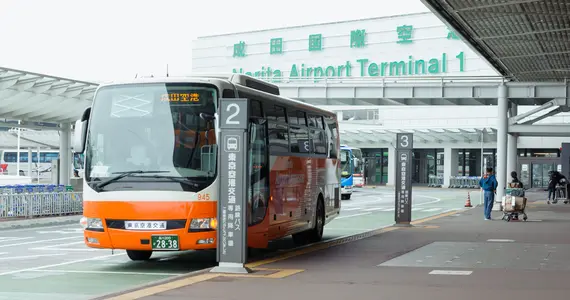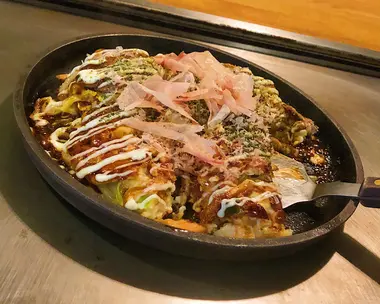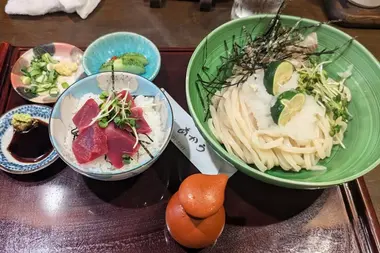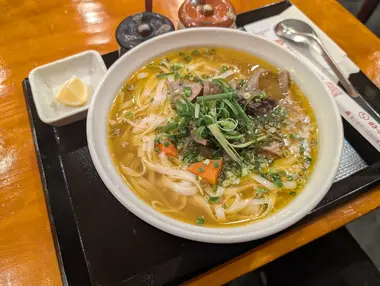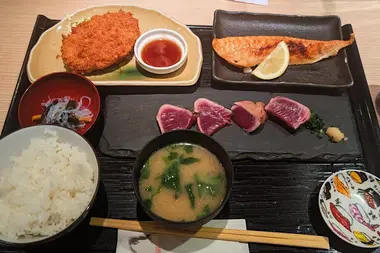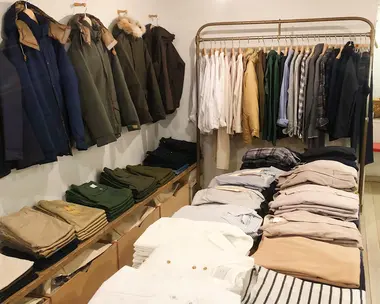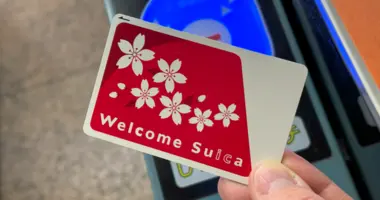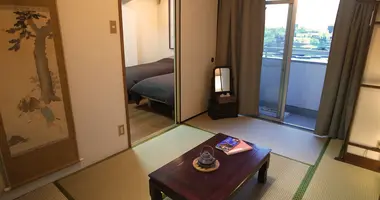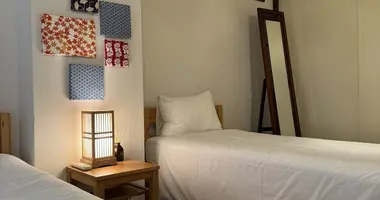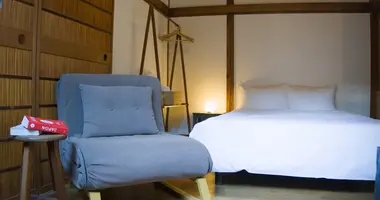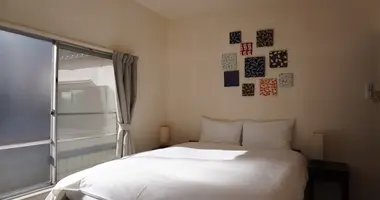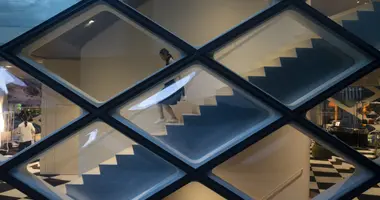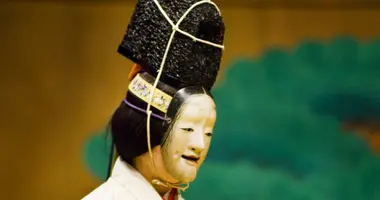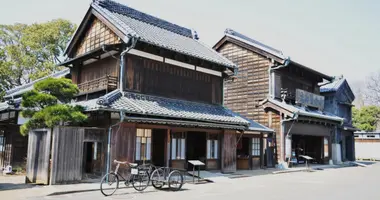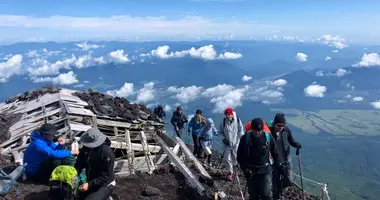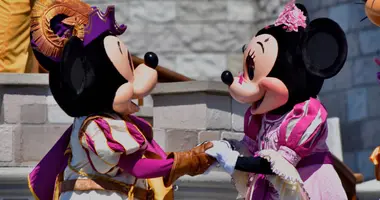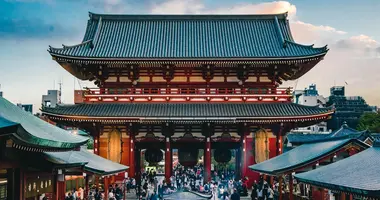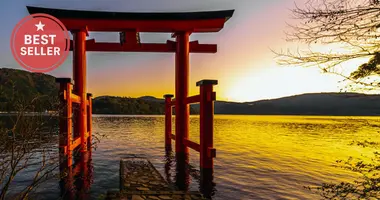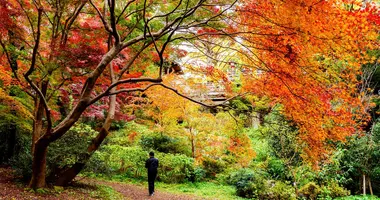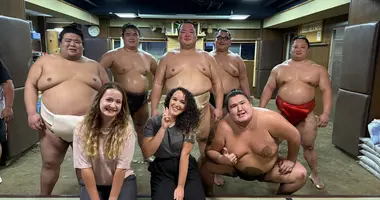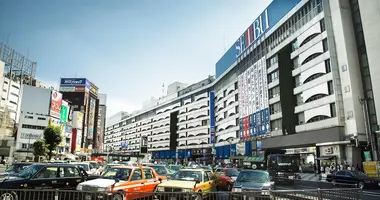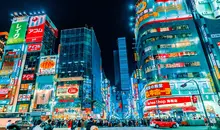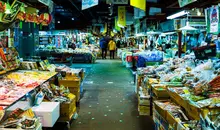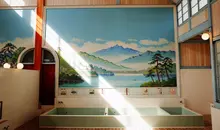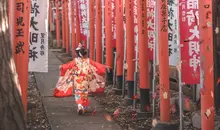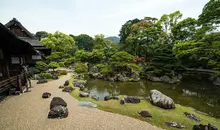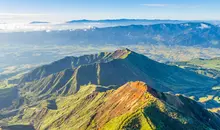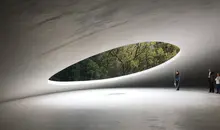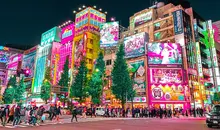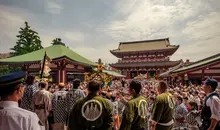Nippori & Nishi-Nippori—a retro part of Tokyo filled with old-school cool
- Published on : 04/09/2025
- by : Joshua
- Youtube
The Arakawa Ward of Tokyo may be one of the lesser-known in the city compared to places like Shibuya-ku, Shinjuku-ku, and Minato-ku, but for many, that is its greatest strength. Two of the largest stations within the ward are Nippori Station and Nishi-Nippori Station, and within their vicinities, the essence of a more modest, retro, Showa era-reminiscent Tokyo stands strong.
Step back in time in classic Tokyo!
The area is located right on the brink of eastern Tokyo, and Nippori and Nishi-Nippori are considered staple neighborhoods of shitamachi Tokyo, referring to the side of the city that was historically closer to the harbor and home to more blue-collar laborers and traditional culture. Other well-known locations that are considered part of shitamachi include Ueno and Asakusa.
If you’re looking for a more grounded location to spend your time in Tokyo filled with old-school charm, look no further than Nippori and Nishi-Nippori!
What to see, what to do
Shopping streets
- Yanaka Ginza
Likely the most well-known spot within the Nippori and Nishi-Nippori area, Yanaka Ginza embodies the neighborhood’s retro feel. Located only a 10-minute walk from Nippori Station’s West Exit, this modest shopping street has a nostalgic feel. From the station, the entrance to Yanaka Ginza is known as Yuyake Dandan, a distinct-looking staircase that is a great spot for photography during sunset. A medley of great food, furniture, and apparel shops line the street, and being nearby the Tokyo University of the Arts Ueno Campus, there is a thriving art scene!
Cat lovers also rejoice, as Yanaka is also nicknamed Tokyo’s “cat town,” with cats often seen wandering around the area and cat motifs decorating the streets. There is even a shop called Yanaka Shippoya that sells doughnuts shaped and colored like cattails!
Out the opposite exit of Nippori Station is the Nippori Fabric Town, an area with a high density of textile and fabric shops that is sure to have every DIY fashion hobbyist excited! In fact, you’ll likely see a medley of Tokyo’s stylish fashion students in the area getting materials for their projects and assignments.
Tomato is likely the most famous shop in this area, with floors 1-5 selling a medley of different fabrics. Shops Mihama and Tsukiyasu specialize in Japanese fabrics, and Maki Ito is known for its leather!
Historic sites
Initially, visiting a cemetery may be an odd choice for sightseeing, but Yanaka Cemetery is so steeped in history as well as being host to some gorgeous scenery that it is well worth a visit. The cemetery served as the primary graveyard for the adjacent Tennoji Temple and is actually the resting place of the famous Yoshinobu Tokugawa, the final shogun of the Tokugawa shogunate. His grave is marked with a distinct dome-like structure.
During spring and fall, many will visit the cemetery and stroll through to enjoy both the weather and beautiful foliage. During spring, blush-toned cherry blossoms are found throughout the cemetery and during fall, beautiful maple trees are laced throughout, displaying gorgeous hues of burgundy and gold. This contributes to the cemetery’s presence as almost just as much of a public park for the locals to enjoy, as it is the final resting place for loved ones.
Next to Yanaka Cemetery is Tennoji Temple, originally founded back in 1274. As previously mentioned, Yanaka Cemetery served as the primary graveyard for this temple, and their association is strong into the modern day. Through the centuries, the temple’s history has grown more and more colored, seeing everything from power shifts to fires to war.
At the center of the temple is likely its most famous landmark, the bronze Buddha that was initially constructed all the way back in 1690. It is a symbol of the temple as well as the Yanaka area as a whole. Be sure to see the ruins of the five-story pagoda that once stood there.
Go between Nippori and Narita Airport with the Keisei Skyliner!
Where to eat
- Akau
An udon specialty shop only 5 minutes away from Nippori Station. A medley of toppings makes this shop stand out. During lunch, the udon and maguro-don (tuna bowl) combo is a great value, satiating set.
- Ban Me Quan
A local favorite Vietnamese establishment with a great array of soups, rice dishes, and banh mi sandwiches.
- Kurosawa
A seafood-centric izakaya with great sushi and other fish dishes. During lunch, the set with grilled fish and straw-roasted katsuo (bonito) is a great, classic Japanese meal.
- Konaya
Classically Showa-esque okonomiyaki/teppenyaki restaurant near Yanaka Ginza. Eat hearty and rich okonomiyaki that doesn’t skimp on the fillings and toppings.
Hotels in Nippori
Hotels for high-quality stays
- Almont Hotel Nippori
- Fav Tokyo Nishi-Nippori
- Art Hotel Nippori Longwood
Budget hotels for great savings
- Sakura Hotel Nippori
- Koyado Hotel
- Hotel MyStays Nippori
Editorial team recommendations for the area:
- Classico
An apparel and lifestyle staple of Tokyo, Classico was founded by Ryu Takahashi back in 2006. His select shop features high-quality goods reminiscent of 20th-century western aesthetics, sourced domestically from Japan, as well as imported goods from the U.S. and Europe.
- City Bear Karaoke
One of the most affordable, character-filled karaoke spots in the city, City Bear offers great deals for great fun be it day or night.
- Datsuijo
An independent art gallery operated by the collective of the same name, Datsuijo highlights both local and international artists in a more intimate setting that is meant to foster conversation and interaction.
Nippori and Nishi-Nippori—keeping historic Tokyo alive and well
As previously mentioned, Nippori is famous for its Fabric Town shopping area, and it isn’t by chance. Textiles and fabrics are an essential part of Nippori and Nishi-Nippori’s development, especially around the turn of the 20th century, when many factories and producers moved to the area.
The traditional and artisan-fueled spirit lives on strong today, with a strong prevalence of art galleries. The annual Nippori Summer Festival brings out many locals, many of whom have relatively long-reaching roots in the area, with multi-generational families dealing in artisanal and physical labor.
For more information on travel throughout Japan, be sure to subscribe to our newsletter and follow us on Instagram!
